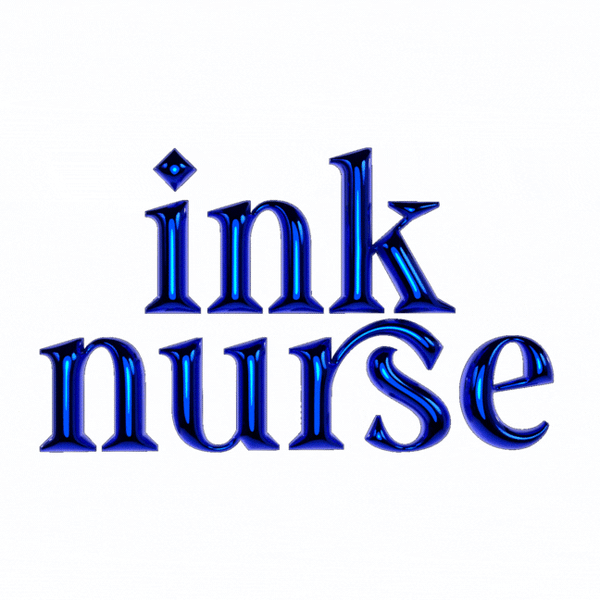
How Big Pharma Hijacked The ENTIRE Tattoo Industry! (the truth about Bepanthen)
Share
Big Pharma managed to craft a multi-decade narrative around a baby rash ointment and what I uncovered blew my mind: an entire global industry unknowingly shaped by one of the most effective (and quietly brilliant) corporate strategies Big Pharma has ever pulled off.
How Big Pharma Hijacked The ENTIRE Tattoo Industry!
Why do so many people still reach for Bepanthen after getting a tattoo?
Short answer? Because they were told to.
Long answer? Because Big Pharma made sure of it.
THE ORIGIN OF THE MYTH
Bepanthen was never designed for tattooed skin.
It’s a baby nappy rash cream developed to soothe infant skin, not adult skin recovering from controlled dermal trauma.
So how did it become the “go-to” for tattoo aftercare?
In the early 2000s, Bayer (the pharma giant behind Bepanthen) began strategically distributing free tubes to tattoo studios across The UK, Europe, USA and Australia.
Their goal? Become the default.
Once artists began recommending it to clients, a ripple effect began.
No science. No testing.
Just pure distribution and branding power.
“It became habit. Bepanthen was just always there.”
– Quote from an Australian tattoo artist with 15+ years in the industry
BUT IS IT ACTUALLY GOOD FOR TATTOOS?
Not really.
• Petroleum-heavy ointments can clog pores,
• They trap bacteria and moisture, creating a “suffocated” healing environment,
• They were never tested for wound healing specific to tattooed skin,
• And most importantly, they slow natural epithelial regeneration due to the occlusive barrier.
A 2018 dermatological report published in Wounds UK outlined how non-breathable petroleum-based barriers can impede dermal healing, increase redness, and cause “excessive scabbing” in post-injury skin.
TATTOO ARTISTS AREN’T TRAINED IN SKIN SCIENCE
We love and respect artists, of course - Ink Nurse has artist ownership and have been members of the Australian Tattooist Guild since 2016...
But here’s a 2021 UK-based study that might shock you:
A survey of 712 tattoo studios showed over 50 unique and conflicting aftercare recommendations being given to clients.
(Source: Journal of Dermatological Science, Vol 102, Issue 3)
This inconsistency proves a major point:
There is no universal standard, and that’s dangerous.
SO WHAT SHOULD WE BE USING?
Products specifically formulated for tattoo healing. That means:
• pH-balanced for the skin,
• Anti-inflammatory, bioactive ingredients (not just moisture),
• Breathable, non-comedogenic bases,
• Backed by real wound-healing science.
One such product, is Ink Nurse.
Now available in over 600 Chemist Warehouse stores, because the industry is finally waking up.
THE TAKEAWAY
Bepanthen didn’t earn its reputation, it bought it.
But we know better now.
Tattooing is a precise and traumatic skin procedure.
It deserves dedicated healing science, not baby cream from the ’90s.
How does nobody seem to know about this?
- Jason.
